Apple iPhone 12 Vs. Samsung Galaxy S21: Head-To-Head
We compare Apple’s popular iPhone 12 vs its closest rival in Samsung’s new Galaxy S series, the Galaxy S21.
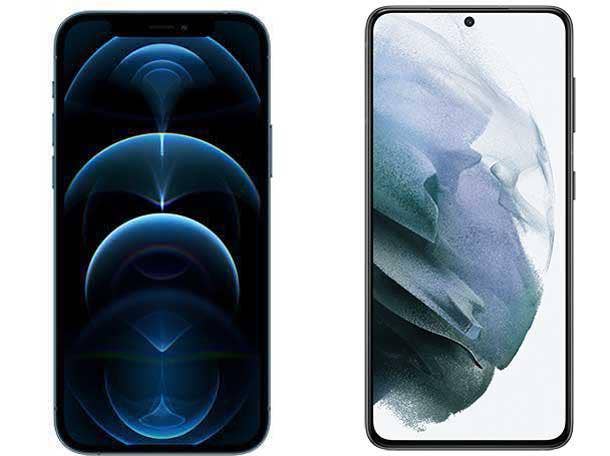
Face Off
If you’re used to getting Apple’s new iPhone every couple of years, you’ll likely have little to be disappointed with on the iPhone 12. Especially because Apple has finally introduced 5G service with the iPhone 12 series.
But if you’re not sure you want to stick with iPhone and want to see what else is out there, a good place to start would be with Samsung’s new Galaxy S21. The S21 has a lot of similarities vs the iPhone 12, including on price. But there are some notable differences between the phones too—especially around cameras and battery life.
Which of the two devices is better fit for you? What follows is our comparison of the Apple iPhone 12 vs Samsung’s Galaxy S21 on price, features and specs.
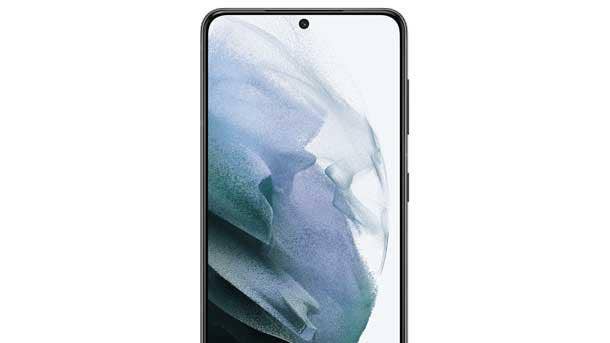
Display
One factor making the iPhone 12 vs Galaxy S21 a worthy matchup is the display size of each device--which are nearly identical. The Galaxy S21 has slightly more display space with its 6.2-inch display, compared to the 6.1-inch screen on the iPhone 12. The two phones are also close when it comes to their screen-to-body ratio, which has been estimated at about 87 percent for the Galaxy S21 and 86 percent for the iPhone 12 thanks to the slim borders on both devices.
Both screens rate high on color quality and vividness through the use of OLED display technology, and both are very high-res--though the iPhone 12 wins out with its 2,532 x 1,170 resolution (or 460 pixels per inch) vs the Galaxy S21’s display resolution of 2,400 x 1,080 (or 421 ppi).
The bottom line: either display will look fantastic. But there’s one area where the Galaxy S21 display clearly stands apart, and that is on its refresh rate. Only the Galaxy S21 features a 120hz refresh rate, which enables a smoother display experience—something that’s especially useful for scrolling through a webpage or playing a game. The iPhone 12 cannot match this, with the phone sticking with the usual 60hz refresh rate.
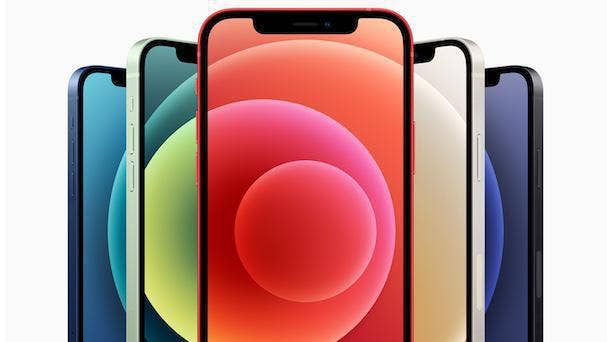
Design
With the iPhone 12, Apple rolled out a design overhaul that makes the phone a lot boxier than past iPhones. The iPhone 12 has a squared-off, flat-edge appearance, in contrast to the curved edges of prior generations in the series. The iPhone 12 design also removes the border that previously separated the display from the stainless steel body of the phone--making the body and glass flush. However, this design approach is similar the one Samsung has been using of late for some of its Galaxy S series phones—including the Galaxy S21, which features a similarly flat display (without the curved edges of some past Galaxy models).
Meanwhile, though, the Galaxy S21 has gotten a big design change that sets it apart from previous Galaxy S series devices. On the back of the phone, Samsung has redesigned the camera housing in what the company is calling its “Contour Cut Camera” housing design. The change—which is a very noticeable difference from the back of the iPhone 12--aims to blend the S21’s camera housing more seamlessly into the phone’s metal frame.
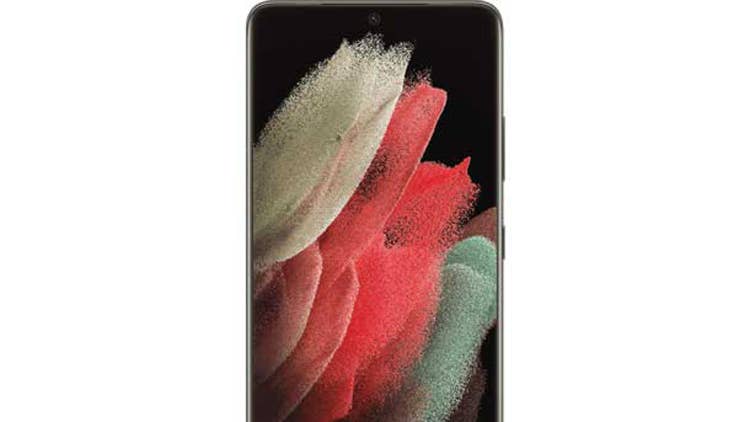
5G Support
At last, with the debut of 5G in the iPhone 12, the iPhone can match up to Samsung’s Galaxy devices on providing support for high-speed 5G connectivity. Samsung has stood out in the smartphone market by launching numerous 5G phones since mid-2019. And the Galaxy S21 is no exception, of course. In terms of the type of 5G service that’s available on the devices, both the iPhone 12 and the Galaxy S21 support the two major 5G versions. I.e., both phones are available with the highest-speed 5G service--known as mmWave—as well as with sub-6GHz 5G connectivity, which is the most widely deployed variant of 5G.
In terms of capabilities, 5G service can deliver data rates that are 10X to 100X faster than current 4G/LTE networks—which should greatly improve user experience, said Drew Blackard, vice president of mobile product management for Samsung Electronics America, during the CES 2021 conference in January.
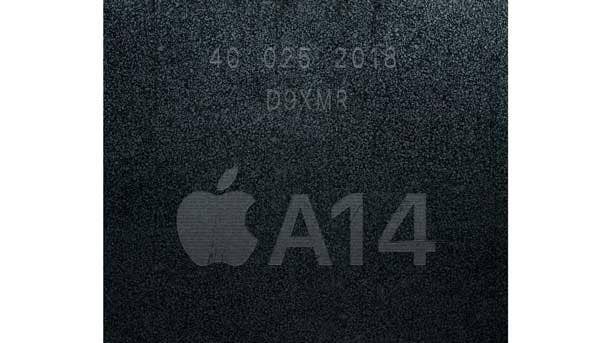
Processor, RAM And Storage
Users shouldn’t notice a major difference on the performance of the two phones in our comparison. The Galaxy S21 is powered by Qualcomm’s new eight-core Snapdragon 888, while the iPhone 12 uses the six-core A14 Bionic chip. While Apple’s A series chips have historically out-performed Qualcomm Snapdragon chips, benchmark scores Geekbench 5 suggest only a modest performance advantage for the A14 Bionic over the Snapdragon 888.
In terms of RAM and storage options, the Galaxy S21 has two configuration choices. The options are for either 128 GB or 256 GB of internal storage, with 8 GB of RAM in both cases. The iPhone 12 has more choices on internal storage but a lower amount of RAM. Buyers of the iPhone 12 can choose between 64 GB, 128 GB or 256 GB of storage, while the phone reportedly comes with 4 GB of RAM.
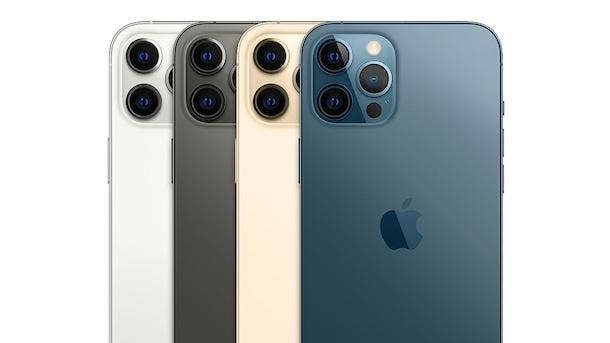
Camera And Battery Life
The rear camera system on the iPhone 12 comes with dual 12-megapixel cameras—including a new wide camera, in addition to an ultra-wide camera. The wide camera offers an improved ƒ/1.6 aperture, with the ability to take in 27 percent more light than the iPhone 11 camera—while the device also offers up to 2X optical zoom and up to 5X digital zoom.
The Galaxy S21 features a higher-end camera system, with three cameras on the rear. The Galaxy S21’s camera setup includes a 64-megapixel telephoto camera along with a pair of 12-megapixel cameras (wide-angle and ultra-wide). For zooming purposes, the S21 camera system offers “space” zoom of up to 30X as a new zoom lock feature that provides clearer photos by compensating for shaky hands while zooming.
On battery life, Samsung doesn’t want to make any promises on hours of usage for the Galaxy S21—instead pointing to the fact that the device has a large battery, 4,000 mAh, as proof of lengthy battery life for the device. That’s a lot bigger than the battery on the iPhone 12, which has been reported at 2,815 mAh. However, Apple does give some sense of possible battery life on the iPhone 12, with the company saying the device can get up to 17 hours of video playback.
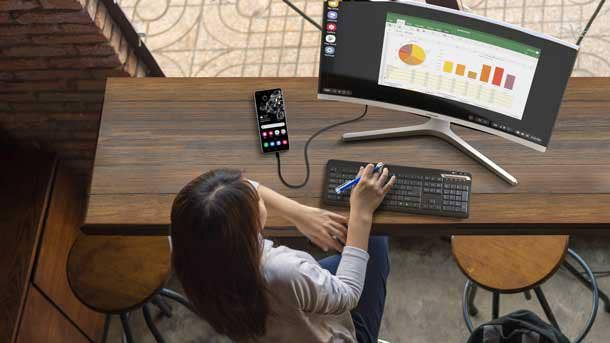
Additional Features
For the iPhone 12, the re-design of the device has also improved durability. The display features what Apple is calling “Ceramic Shield” material, which involves using high- temperature crystallization to improve toughness. The drop protection on the iPhone 12 is now 4X better, according to Apple. Meanwhile, the iPhone 12 now supports magnetically attachable MagSafe accessories. The accessories can snap onto the back of the phone, as a new way to provide wireless charging.
Other key features on the Galaxy S21 include improved support for the DeX Android desktop. The S21 now supports wireless connectivity to DeX on PCs and Macs, in addition to wireless connectivity to displays that support Miracast. Meanwhile, Samsung has also launched an Enterprise Edition model of the Galaxy S21 in the U.S., with no incremental costs to businesses. The Enterprise Edition includes a year of free access to the Knox Suite, which provides tools for mobile enrollment, setup and endpoint management. The Enterprise Edition also includes a tiered product lifecycle for 5-year security maintenance release support.

Price
While the iPhone 12 has quickly become a major hit for Apple, Samsung’s Galaxy S21 does have some apparent advantages—including an extra camera, a larger battery, more RAM and additional business features (including the Enterprise Edition option). And while the successor device in the Galaxy S series, the Galaxy S20, had featured a $999 starting price, Samsung has dropped the price by $200 for the Galaxy S21. That means that the Galaxy S21 and iPhone 12 prices are identical – or almost identical, with the Galaxy S21 price starting at $799.99 and the iPhone 12 starting at $799. It’s also worth noting that the base iPhone 12 model only comes with 64 GB of storage, whereas the Galaxy S21 base model starts with twice that amount, at 128 GB—essentially making the S21 the cheaper phone in our comparison. The iPhone 12 price goes up to $849 for a model with an equivalent 128 GB of storage.